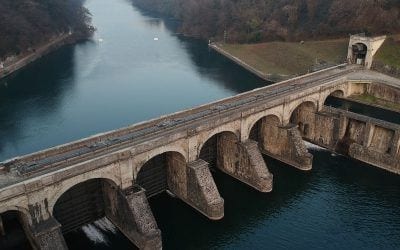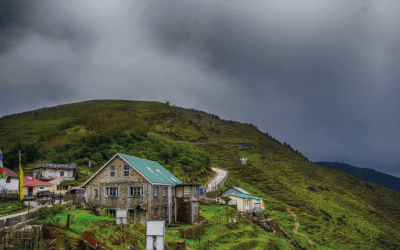AUTHORS
Marco Morelli, Andrea Masini, Fabrizio Ruffini, Marco Alberto Carlo Potenza
ABSTRACT
We present innovative web tools, developed also in the frame of the FP7 ENDORSE (ENergy DOwnstReamSErvices) project, for the performance analysis and the support in planning of solar energy plants (PV, CSP,CPV). These services are based on the combination between the detailed physical model of each part of the plantsand the near real-time satellite remote sensing of incident solar irradiance.Starting from the solar Global Horizontal Irradiance (GHI) data provided by the Monitoring Atmospheric Compo-sition and Climate (GMES-MACC) Core Service and based on the elaboration of Meteosat Second Generation(MSG) satellite optical imagery, the Global Tilted Irradiance (GTI) or the Beam Normal Irradiance (BNI) incidenton plant’s solar PV panels (or solar receivers for CSP or CPV) is calculated. Combining these parameters with themodel of the solar power plant, using also air temperature values, we can assess in near-real-time the daily evo-lution of the alternate current (AC) power produced by the plant. We are therefore able to compare this satellite-based AC power yield with the actually measured one and, consequently, to readily detect any possiblemalfunctions and to evaluate the performances of the plant (so-called“Controller”service). Besides, the samemethod can be applied to satellite-based averaged environmental data (solar irradiance and air temperature)in order to provide a Return on Investment analysis in support to the planning of new solar energy plants (so-called“Planner”service).This method has been successfully applied to three test solar plants (in North, Centre and South Italy respective-ly) and it has been validated by comparing satellite-based and in-situ measured hourly AC power data for severalmonths in 2013 and 2014. The results show a good accuracy: the overall Normalized Bias (NB) is−0.41%, theoverall Normalized Mean Absolute Error (NMAE) is 4.90%, the Normalized Root Mean Square Error (NRMSE) is7.66% and the overall Correlation Coefficient (CC) is 0.9538. The maximum value of the Normalized AbsoluteError (NAE) is about 30% and occurs for time periods with highly variable meteorological conditions.




